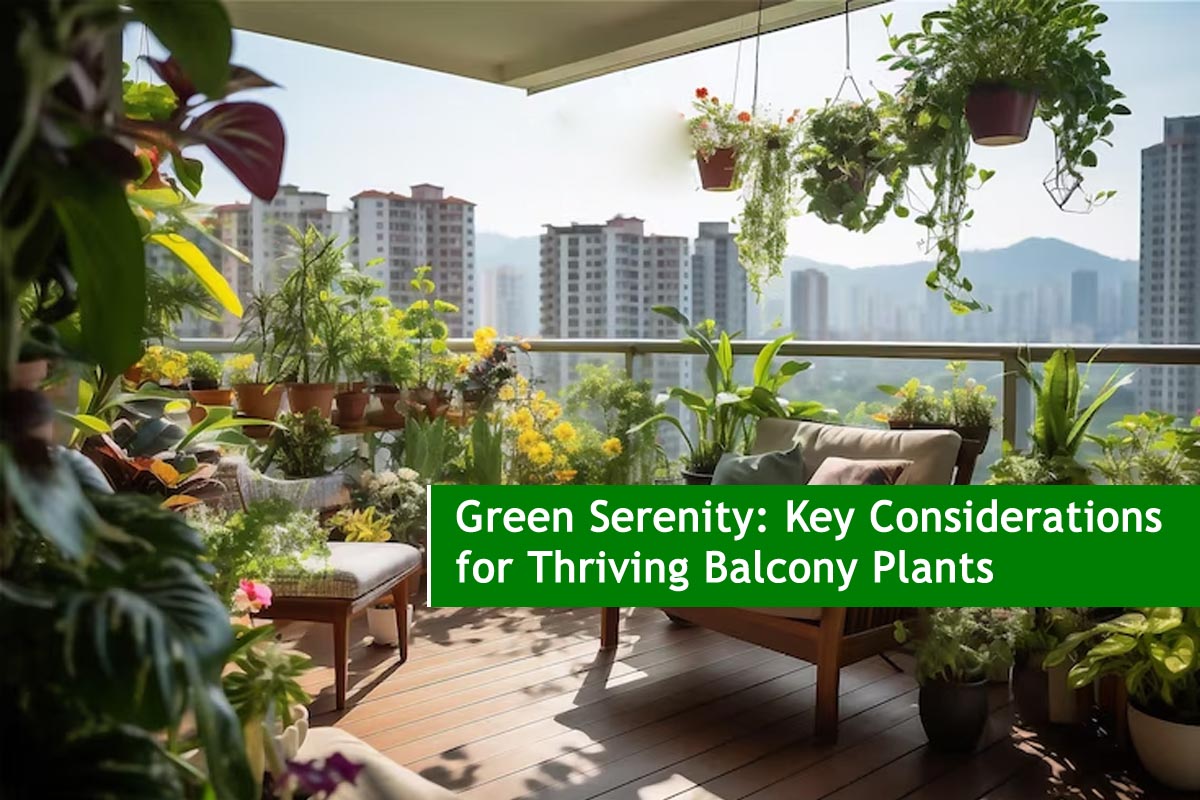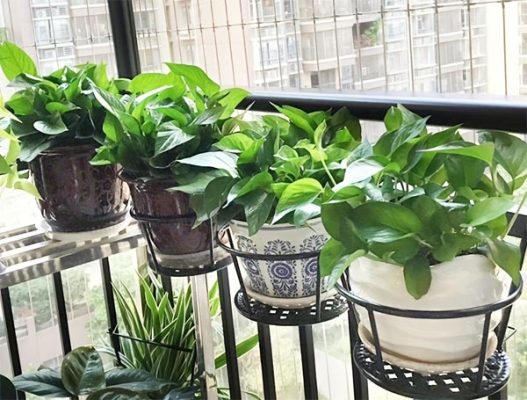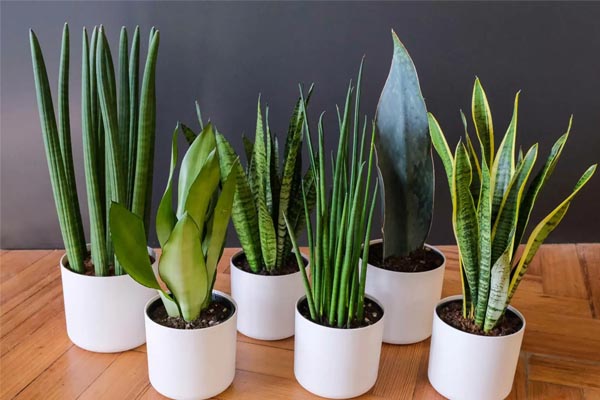
Green Serenity: Key Considerations for Thriving Balcony Plants
Transforming your balcony into a lush, green oasis can bring fresh air to your living space and enhance your connection with nature. However, creating a thriving balcony garden requires thoughtful planning and consideration. Here are some essential factors to remember as you embark on your journey to cultivate a verdant balcony paradise.
Key Considerations for Thriving Balcony Plants
- Sunlight Exposure
- Climate and Weather Conditions
- Space Optimization
- Container Selection
- Soil Quality and Composition
- Watering Schedule
- Plant Selection and Diversity
- Pest Management
- Maintenance and Pruning
- Safety Measures
Sunlight Exposure:

To cultivate a thriving balcony garden, it’s vital to comprehend the sunlight patterns impacting your space. Assess the duration and intensity of your balcony’s direct sunlight, enabling you to choose plants suited to these conditions. Some plants thrive in full sun, basking in its warmth and brightness, while others prefer the shelter of partial shade. This thoughtful consideration ensures that your chosen plants survive and flourish in their designated environment, creating a harmonious and vibrant balcony oasis. So, pay attention to the sunlight dance on your balcony – the key to a flourishing green haven.
Also Read This : Planting Oriental Arbor-vitae Made Simple: Easy Tips for Success at Home
Climate and Weather Conditions:

Tailoring your balcony garden to the local climate is paramount for success. Delve into the intricacies of your region’s weather conditions to identify your plants’ challenges. Opt for plants resilient to heat if your balcony is sun-drenched, while those thriving in cooler temperatures are ideal for more temperate climates. This careful selection ensures your balcony garden survives and thrives, displaying resilience in the face of varying weather patterns. By aligning your plant choices with your local climate, you pave the way for a robust and flourishing green haven that stands resilient against the elements, season after season.
Also Read This : Embracing Prosperity with Money Plant to Aloe Vera, These 7 Auspicious Plants
Space Optimization:

Balcony space is often limited, so make the most of every inch. Select plants that fit well in containers or hanging baskets to maximize vertical space. Consider using wall-mounted planters or railing boxes to use available space efficiently.
Also Read This : February Bounty: 8 Vegetables You Can Thrive in Pots for a Productive Garden
Container Selection:

The choice of containers is more than just aesthetic – it’s vital for the health of your plants. Ensure that your containers have proper drainage to prevent waterlogging, and select materials that can withstand outdoor conditions. Lightweight containers are also practical for balconies, especially if weight is a concern.
Also Read This : Seedless Success: Effortless Gardening with These Plants You Can Grow Without Seeds
Soil Quality and Composition:
Optimal soil conditions are essential for the well-being of your balcony plants. Use a high-quality potting mix that provides proper aeration and drainage. Consider adding organic matter to enhance fertility and moisture retention.
Also Read This : Green Magic: A Step-by-Step Guide to Creating Your Mini Garden at Home
Watering Schedule:
Balcony plants may require more frequent watering due to exposure to wind and sunlight. Develop a consistent watering schedule, and be attentive to the moisture needs of different plant species. Consider self-watering systems or intelligent irrigation solutions to maintain an optimal watering routine.
Also Read This : Revitalize Your Garden Tools: Easy Methods to Remove Rust with Expert Tricks
Plant Selection and Diversity:
Choose various plants to create a visually appealing and biodiverse balcony garden. Mix flowering plants with foliage plants to add colour and texture. Incorporating herbs or edible plants can make your balcony garden beautiful and functional.
Also Read This : Elevate Your Bedroom Ambiance with These Breathtaking Plants
Pest Management:
Keep an eye out for pests that can affect your balcony plants. Regularly inspect leaves for signs of infestation and take preventive measures. Natural remedies or environmentally friendly pest control solutions can help maintain a healthy and vibrant garden.
Also Read This : Elevate Your Home With These Gorgeous Golden Houseplants for a Royal Touch
Maintenance and Pruning:
Balcony gardens require regular maintenance to thrive. Prune your plants to encourage growth and remove dead or damaged foliage. Regularly inspect for signs of disease and address any issues promptly to prevent spreading.
Also Read This : Choosing the Perfect Pot: Essential Gardening Tips for Selecting the Right Containers
Safety Measures:
Consider the safety of your balcony garden. Ensure that heavy planters are securely placed to prevent accidents. If you live in a high-rise building, be mindful of wind exposure and secure tall plants to prevent them from toppling.
Also Read This : Cultivating Fresh and Juicy Lemons in Pots – From Soil Preparation to Care
By taking these factors into account, you can create a balcony garden that enhances the aesthetic appeal of your outdoor space and provides a serene and enjoyable environment for you to unwind and connect with nature. Embrace the joys of gardening on your balcony and watch as your green oasis flourishes.




